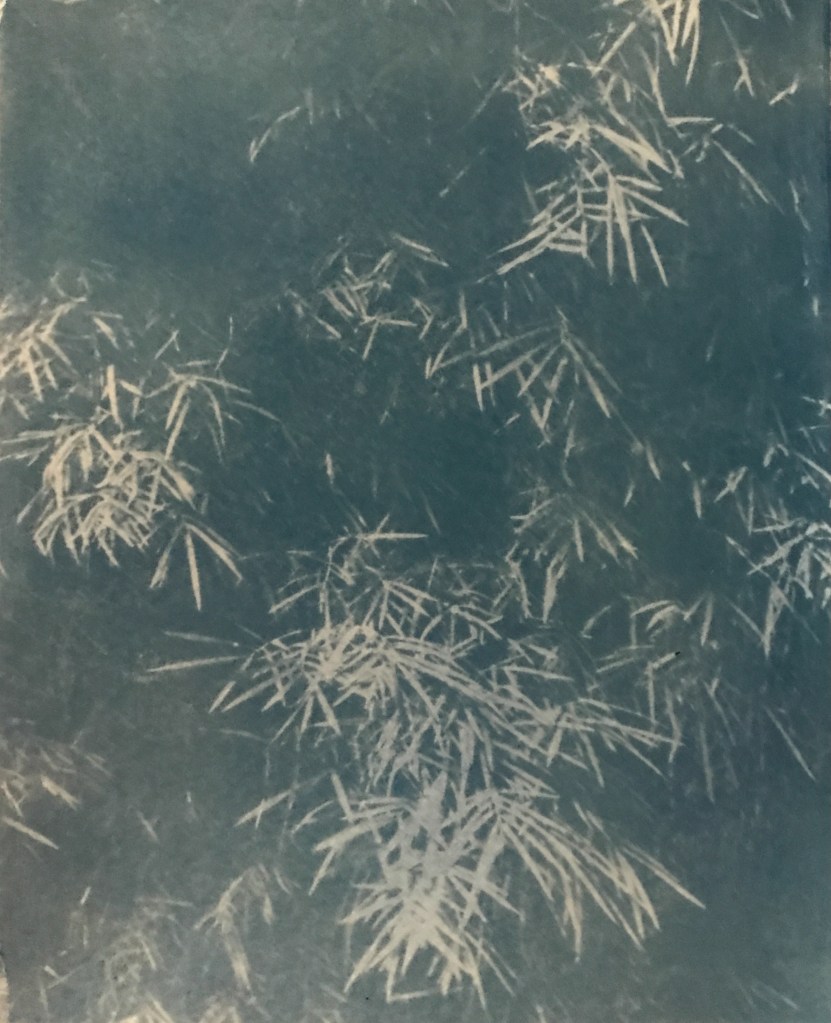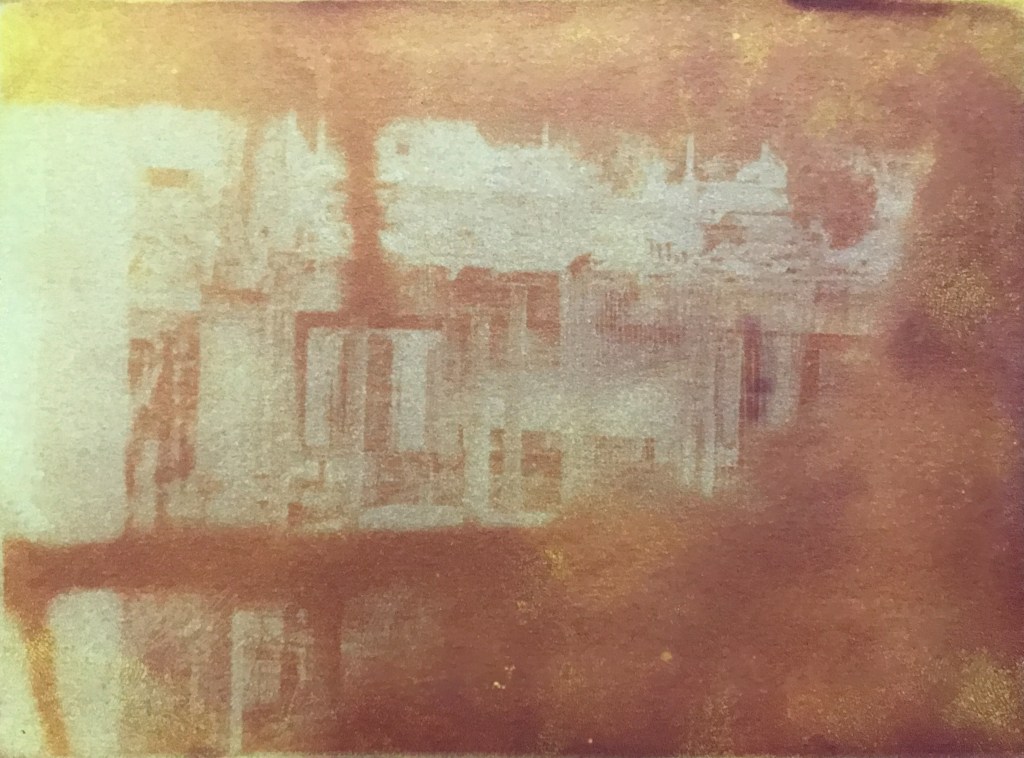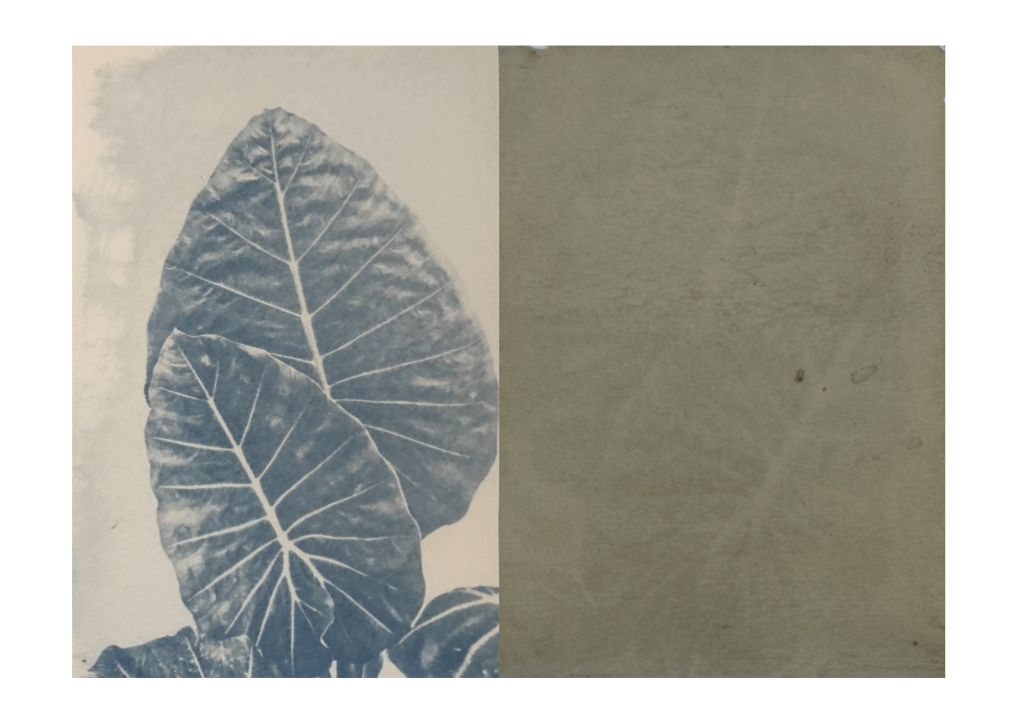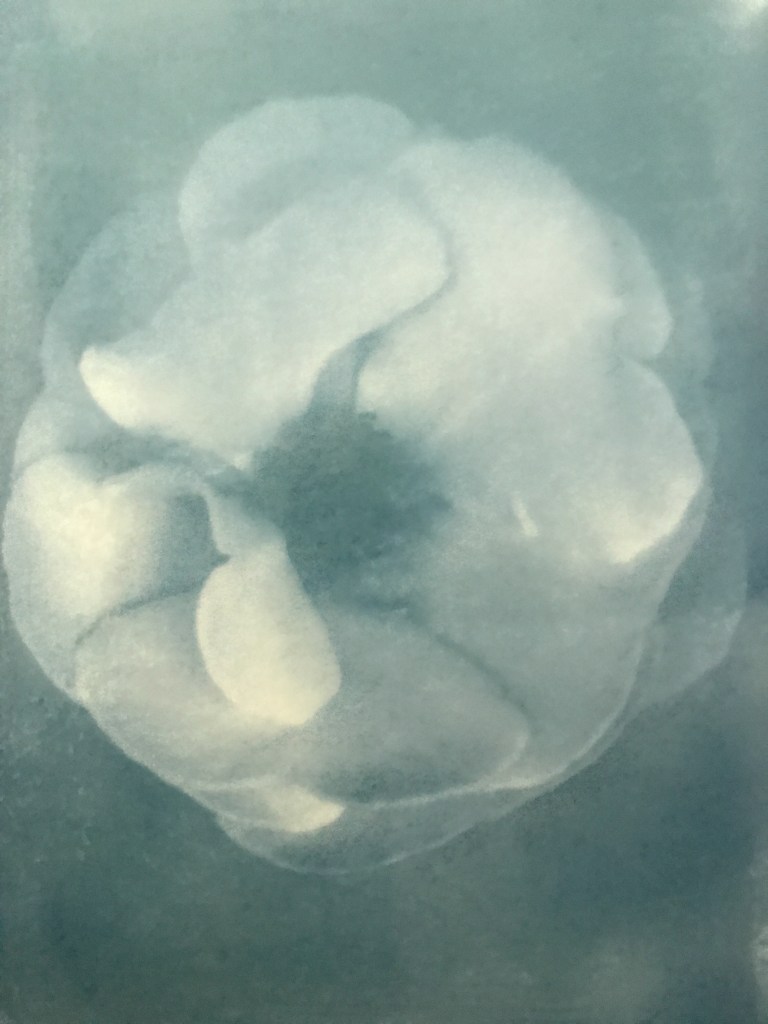21 March 2024
Interviewed by: Elizabeth Ransom
Bringing together fiction, performance and alternative photography Indonesian artist Vidhyasuri Utami creates unique narratives with her creative art practice. Exploring themes of grief and loss Utami produces photographic objects as a device for storytelling. As the narrative unfolds Utami reveals fragments of conversations between characters held within hand crafted photographic boxes and postcards. Utami’s distinctive approach to photography tells everyday stories in an exciting and new way.

Elizabeth Ransom: In your artistic practice you combine storytelling and photography to create intricately detailed photo novels. In your project Epitome you create a narrative that traverses two timelines, the first taking place in the Dutch colonial era of 1820 and the second taking place in the present day. Across these two timelines you tell the story of four characters Emma Rijkard, Respati, Akasha and Bentala. Could you tell us a little bit about these four characters and the story that unfolds within this photo novel?
Vidhyasuri Utami: The story is about finding one’s identity while facing daily hardships and grief, an essential human condition that lasts throughout the ages. Emma is a botanical illustrator who has a native mother and Dutch father. Her Indo-Dutch background provides her with extraordinary opportunities but at the same time creates boundaries in her social life. She deals with grief after her fiancé’s death, fellow Indo-Dutch descendant who had a native wife and daughter, whom she had a close relationship with. Her fiancé-cum-best-friend was the one who understood her struggles the most.
During her grieving period, she is given the task of re-illustrating the seminal text ‘Sumatra’ by William Marsden. Michael who was a close friend of both her father and her late fiancé assigned his trusted bujang (native assistant), Akasha, to accompany her throughout her journey. Kash’s main work as a dyster in the Marsden residence was to tend to the merica (pepper) plants, the main plants for cultured indigo, and he tended to the indigo field and extracted the indigo for sale (found and named after Marsden: Marsdenia Tinctoria).
As their relationship grows closer, they face an untimely death together trapped in a cave during the Bengkulu earthquake in 1826.
The second timeline takes place in an urban city of Jakarta where two strangers, Respati and Bentala, navigate their ordinary daily lives after crossing paths using the same bus line. Respati deals with the recent loss of her father. She suddenly finds an origami with a hidden message in her daily bus trip. While Bentala is a poet enthusiast who is too afraid to publish his works. Instead he write his poetry as a series of love letters to strangers which he folds into boat-shaped origami pieces made from bus tickets. One of his works makes its way to Respati during her bus trip and triggers her curiosity as the seemingly random message strike a chord with her own suffering. Random haiku’s in a paper boat form help her deal with her loss.

Elizabeth Ransom: The narratives of these four characters are represented with photographic objects and images including the Box of Conversations #1. The box itself is constructed with images printed on watercolour paper. Inside the box holds postcards from the two main characters. These postcards reveal fragments of conversations allowing their story to unfold. Can you share with us the alternative photographic processes you used to create Box of Conversations #1 and what inspired you to tell their story in this way?
Vidhyasuri Utami: My writing process during this project has been very random. A combination of haiku (short poems), personal notes, research notes scattered in my book, digital notes, various apps and random receipts have shaped the writing into random paragraphs of each character. At first, I tried to organize and systemize the random data, but then I gave up. After reading Adolf Huxley’s “Brave New World” in which I found the third chapter very fascinating and a beautiful exercise in narration, I turned my random notes into paragraphs and haikus. In my first edition of the “Epitome” book, I included some of these conversations. This edition was presented as part of the Raws Syndicate’s Photozine Festival in 2019.
Then I was invited by Bandung Photography Month’s organizer, Raws Syndicate, to participate in their first alternative photography exhibition “Trial and Error”. I decided to present the cacophony of conversations between Respati and Bentala, the two main characters that were fully developed in terms of both visuals and writings. The idea of the box was an impulse experiment during the pandemic in which my family consumed herbal remedies in case we displayed any symptoms of flu or lack of stamina. This tolak angin box had a very beautiful white inner layer. Out of my curiosity, I used it as replacement for watercolour paper. It did work but it was rather odd as the paper didn’t hold the emulsion well. But this inspired me to create the “Box of Conversation #1”. I was also inspired by Dayanita Singh to create photography as an object. During the pandemic, I had a very fortunate opportunity to attend amazing lectures online for free. Two talks that really inspired me were by Dayanita Singh and Robert Huarcaya. All of the experiments and inspirations have led me to create the box of conversations.

Elizabeth Ransom: Not only does your practice incorporate alternative photographic processes but you have also transformed part of the Epitome story into a performance. For this performance you exhibit images created from a camera obscura, origami and expired photographic paper and on stage in front of the images you perform along with your friend a conversation from your story. What was it like to transform this photo novel into a performance?
Vidhyasuri Utami: After participating in the first alternative photography exhibition for Bandung Photography Month, I was invited to participate again the following year. I was preparing to create a rather ambitious project of anthotypes which was difficult to complete since the sun exposure changed due to the early rainy season in 2022. At the same time, I was offered the opportunity to perform for its opening night. There were four invited artists to create a photography-based performance inspired by wayang beber. Wayang Beber is a unique traditional shadow puppet in Java and Bali that uses spreading sheets which illustrate wayang stories. The dalang or the puppet master would point to the drawings with a stick while performing the storytelling. Each story might have consisted of several sheets that were spread or kebet on top of wooden frame.
Inspired by the traditional Wayang Beber’s sheets, I then decided to create four spreads of sheet that consisted of two conversations between Emma and Akasha and Respati and Bentala. It was a very challenging experience as well as an exciting one since I was forced to write the conversations in Indonesian while most of my random notes were in English. Creating sequences for the conversation is also a challenging task. It took me sometime to become satisfied with the “correct” ones since I am use to do the sequencing in photo book format rather than the juxtaposed ones.
With the help of Wahyu Dhian, the organiser, and Kang Ade, the curator, I managed to get all the sheets, conversations, music (by Prisanti Myrictica), and found the voice for the male characters, Edo Saputra, on time.

Elizabeth Ransom: You have also used the anthotype processes to visualise a conversation between Emma and Akasha, two of the characters within your photo novel. Could you tell us a little bit about what anthotypes are and why you chose this specific process for this conversation?
Vidhyasuri Utami: The 19th century’s characters (Emma and Akasha) are the most challenging characters since I have to create the yesteryears “reality” as settings of their visual. I chose the old photographic process to stay “close” to their timelines. Emma’s visual is the most difficult one. I had never been satisfied with the visual coming out of digital camera. Not to mention, I was torn between using colours or black and white with her visualization. Then I started to experiment with a simple camera obscura made out of a tin can and a used soap box. I found the resulting images rustic and rather vague yet served the narration of Emma. Since Emma is a botanical illustrator, for me it makes sense to use the Anthotype process as she dealt with plants and flowers for her works. Then the idea of creating her notebook appeared.
Kash on the other hand, is a character who I’m currently still in the process of creating. He is the last character to be explored. I am learning how to extract the colours from plants that I used for Emma’s Anthotype book.

Elizabeth Ransom: In your more recent experiments, you continue to work with the natural environment. Could you tell us a little bit about how you plan to combine natural pigments gathered from plants such as hibiscus with Batik Mordant?
Vidhyasuri Utami: I was researching the use of diazo as replacement for bichromate printing (the technique I used in Box of Conversation #1 and its postcard) when I stumbled upon the mordant in batik technique.
At the same time, I was collecting and extracting natural colours from flowers and leaves. Two of the most interesting pigments are mahogany leaves which create a beautiful faded salmon pink and hibiscus which creates a lovely dark purplish blue.
Sadly, my first batch of hibiscus was contaminated (though I did extract quite a lot in my opinion) and I could not experiment with it.
Out of curiosity, I bought a natural indigo powder which is often almost unworkable for Anthotype prints. So instead I tried it with the blue diazo for batik, and the image appeared.
The earlier experiment that I shared in the post was using a red diazo with indian red watercolor.
I found the blue diazo stained the paper more than the red one.
Aside from batik diazo, I also tried another mordant called tunjung since it contain ferric and the greenish blue powder which reminded me of cyanotype. The experiment was showing a hint of the image. I will continue experimenting and playing around with exposure to get a better image.
For more information about Vidhyasuri Utami’s work please visit her Instagram HERE


Leave a comment